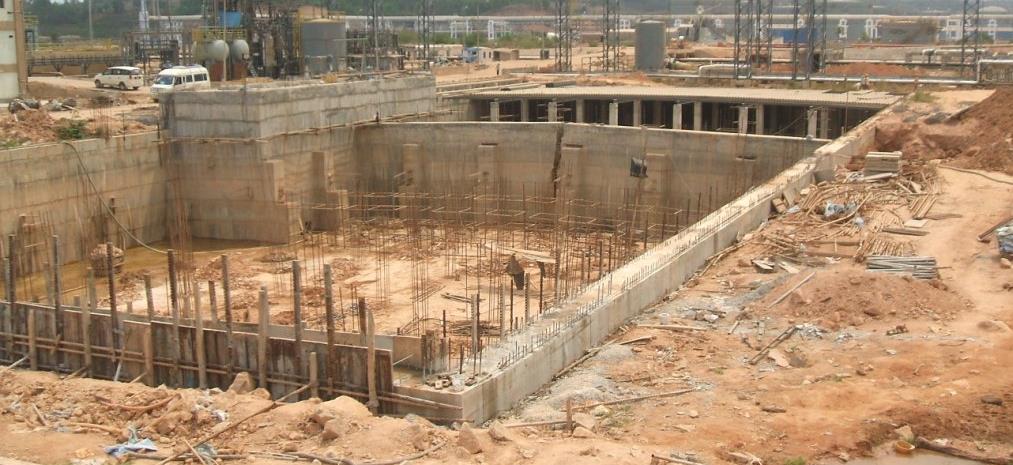Uplift of an Underground Tank in Northern Malabar Region, India

Abstract
An underground reinforced concrete tank was constructed for a project in the southwest region of India. The tank was 90 m x 35 m in plan and 7.3 m deep resting on partly filled-up and partly native soil. During the peak monsoon, a sudden uplifting of the base slab by about 300 mm and subsequent failure of the foundation raft and a partition wall was observed. Laboratory testing was executed and hydrogeological survey was carried out using ground penetrating radar, seismic refraction and infiltrometer testing, and an analytical study was carried out to identify the root cause of the tank uplifting. Based on this study, it was observed that the uplifting and structural failure was essentially due to the peculiar land terrain and soil properties and the development of excess hydraulic head below the bottom of the tank. After considering different options, the rectification measures were carried out by provision of dewatering wells along the tank periphery to release the excess hydrostatic pressure and stabilize the foundation raft. The structural repair of the top of the foundation raft and partition wall was carried out to strengthen the reinforced concrete members. The rectification measures worked well to increase the structural stability of the tank and to prevent build-up of excess hydrostatic pressure preventing uplift and subsequent damage in the future.
Keywords
Citation
Shirode, N. P., Birid, K. C., Gandhi, S. R., Nair, R. (2017). Uplift of an Underground Tank in Northern Malabar Region, India, Vol. 4, Issue 2, p.134-146. doi: 10.4417/IJGCH-04-02-04
DOI: http://dx.doi.org/10.4417/IJGCH-04-02-04
Copyright © 2004-2018 Elxis s.a. All rights reserved. Powered by Argo-E LLC.




